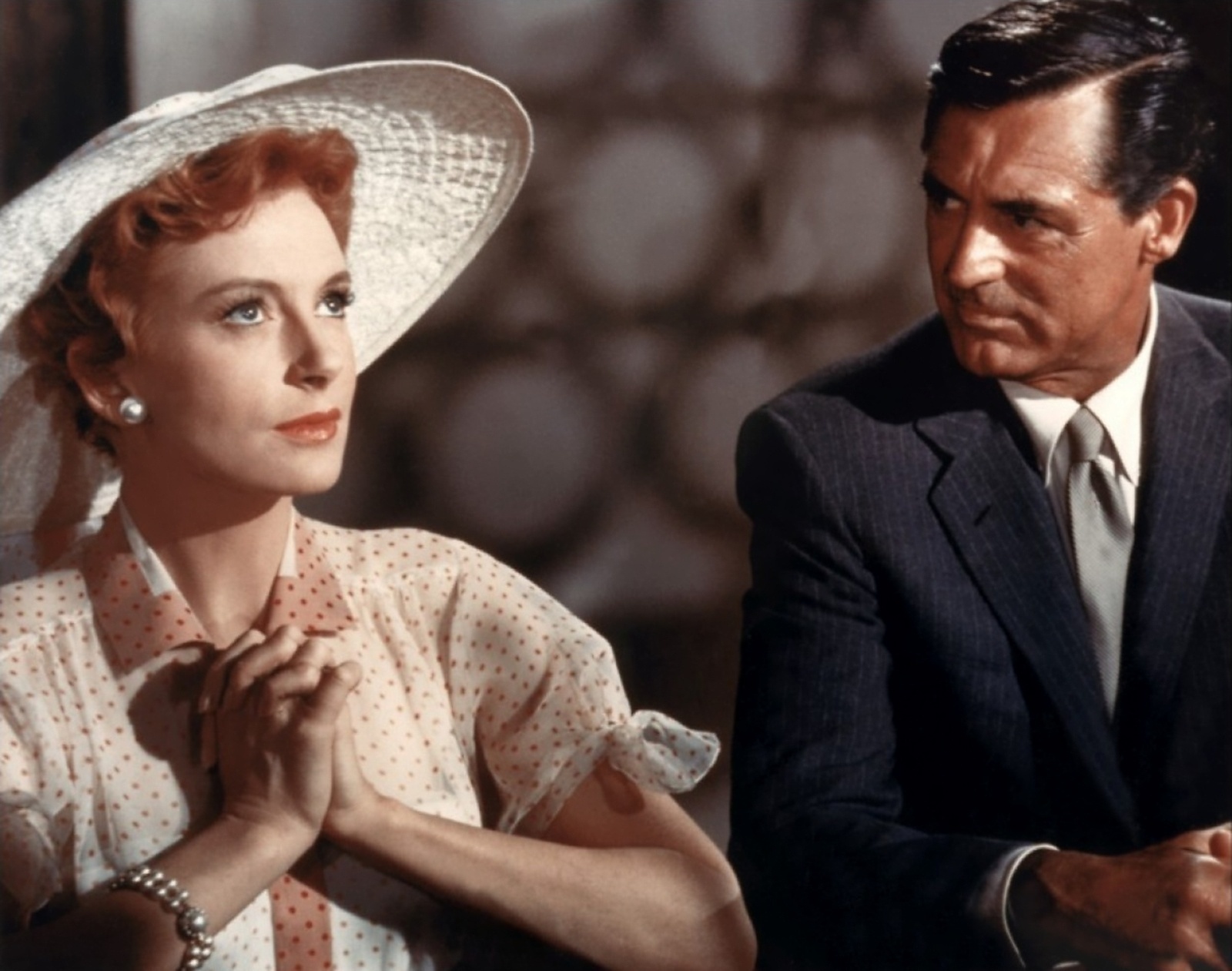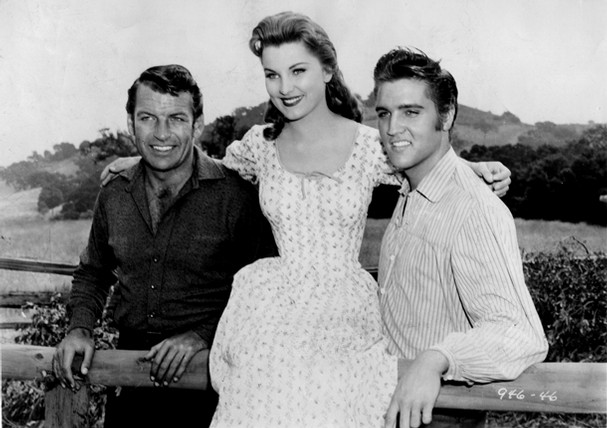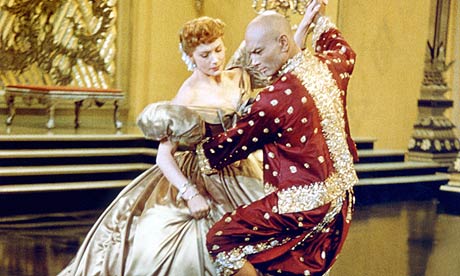
And me? I’ve never been completely familiar wit the show, despite my great love and admiration for anything R&H. My first indirect exposure came at the ripe old age of 13, when I played Lil’ Jake at a local theater’s presentation of Annie Get Your Gun, and all I heard about durug rehearsals was how high the bar was set by the previous year’s offering – South Pacific. It was hammered into our skulls, by some as a motivating tactic, by others who loved the show and wished a better choice were made than the admittedly stale Annie Get Your Gun. Most of the folk in the latter category were middle-aged men, and, as I’ve later deduced, either WWII veterans or men in their prime during that era, helping to account for their affinity. It could also very well account for the huge popularity of the film – one of the first lightweight films about the war, despite a lengthy battle sequence in the final act.
Set just before the tide turned for the Americans in the PTO during WWII, South Pacific introduces us to the Naval personal currently occupying a small Polynesian island. There’s Luther (Ray Walston), a salty ensign bemoaning the lack of dames at their post, yearning wistfully to steal sway to the idyllic isle “Bali Ha’i,” at the suggestion of zaftig native Bloody Mary. There’s newly-arrived lieutenant Joseph Cable (John Kerr) of the Marines, assigned to the island to undertake a special mission. And then there’s nurse Nellie (Mitzi Gaynor), who’s recently been spending a lotta time at he estate of Emile de Becque, a wealthy planter of whom very little is know, aside from the fact that he left his native France in an awful hurry.
Details emerge about Cable’s big mission – a covert attack on Japanese boats near a strategically located island. It’s risky, though, and the likelihood of success could be elevated were it to involve de Becque, who kniws the area inside-out. When approached, however, he declines to participate, citing his general distrust these days toward the outside world, particularly bullies, such as the type he was force to murder back in Frace, hence his quick departure. Oh, and yes, there’s his love for nurse Nellie, which seems to be going back and forth like a seesaw – the latest breakup seems to be caused by the Frenchman’s admission of his recent widowhood, and two half-Asian children from the ill-fated marriage.
But now, with his love love in shambles, de Becque goes along. Lt. Cable’s a bit down in the mouth recently too; after a spur-of-the-moment romp in Bali Ha’i, he falls in love with a beautiful island girl, who just happens to be Bloody’s daughter, but he stops just short of marriage, leaving the jilted girl to exchange vows with an older man. De Becque and Cable embark on the perilous mission with great success, and word among the wounded is highly complimentary – word that is pickd p by the ear-pricking Nellie, who now preys intently for her beau to stay alive so she can accept his marriage offer. He does (Cable doesn’t) and she does, and they embrace once again, just in time for one last song.
And sing they do, but that’s a good thing, because the music, along with the gorgeous locales, is the best part of South Pacific. (Lush fitfully describes both elements.) I was already familiar with most of the songs, including “Bali Hai,” “I’m Gonna Wash That Man,” “There is Nothing Like a Dame,” “Happy Talk” and “I’m In Love With a Wonderful Guy,” but hearing them in contexts adds a greater level of appreciation. Now I can understand the intense, plaintive strains of “Some Enchanted Evening,” particularly as they echo to a heartsick Mitzi Gaynor at the end of Act I. (Yes, the intermission is entirely retained in this edition, entr’acte and all)
And the other surprisingly effective element? Mitzi Gaynor – no question. In addition to her triple-threat talent of acting/dancing/singing (required of all entertainers back then, regardless of medium), she’s engaging on so many levels. She’s both sprite-like and sexy (especially I the hair-washing number), and can run the gamut from serious melodrama to lighthearted fancy. And all the while ya just wanna take her home with you, and remind her that everything will be okay, if if you don’t land that French guy (whom I kinda thought was a drip anyway). Definition of star power, right there in a nutshell.
Flaws? Certainly a few, the most notorious being he use of those color filters, which critics absolutely hated back then. Now, they’re not so bad, given our gradual acceptance of visual manipulations in film, and besides they’re pretty much limited to the film’s first half. But to me, far worse than that is a final battle sequence involving that mission – obviously not in the Broadway version – that was probably thrown in to appeal to male audiences. It was like they were saying, “Here’s your reward, gus, for sitting through all those musical numbers – a good ol’, red-blooded American war scene!” Didn’t need it, and it definitely slowed things down.
So plot-wise, we’re not left with a lot, but it is a musical after all, and at 2 hours, 37 minutes, you get tons of it, and it’s all spaced pretty evenly across. Pay heed also to some good comic relief by one of my favorite character actors, Ray Walston, and soak up the beautiful cinematography, the first in this collection to be presented in Todd-AO (the competitor to Cinemascope). Two other collection firsts: the first opening credits over moving picture (as opposed to title cards), and the first actual closing credits (as opposed to just “The End”), owing to the need to list the entire cast.
Beautiful, affectionately made, and a product of the sort of talent rarely seen anymore. Go watch, and have a Mai Tai at Bali Ha’i for me.
Rating: ****





